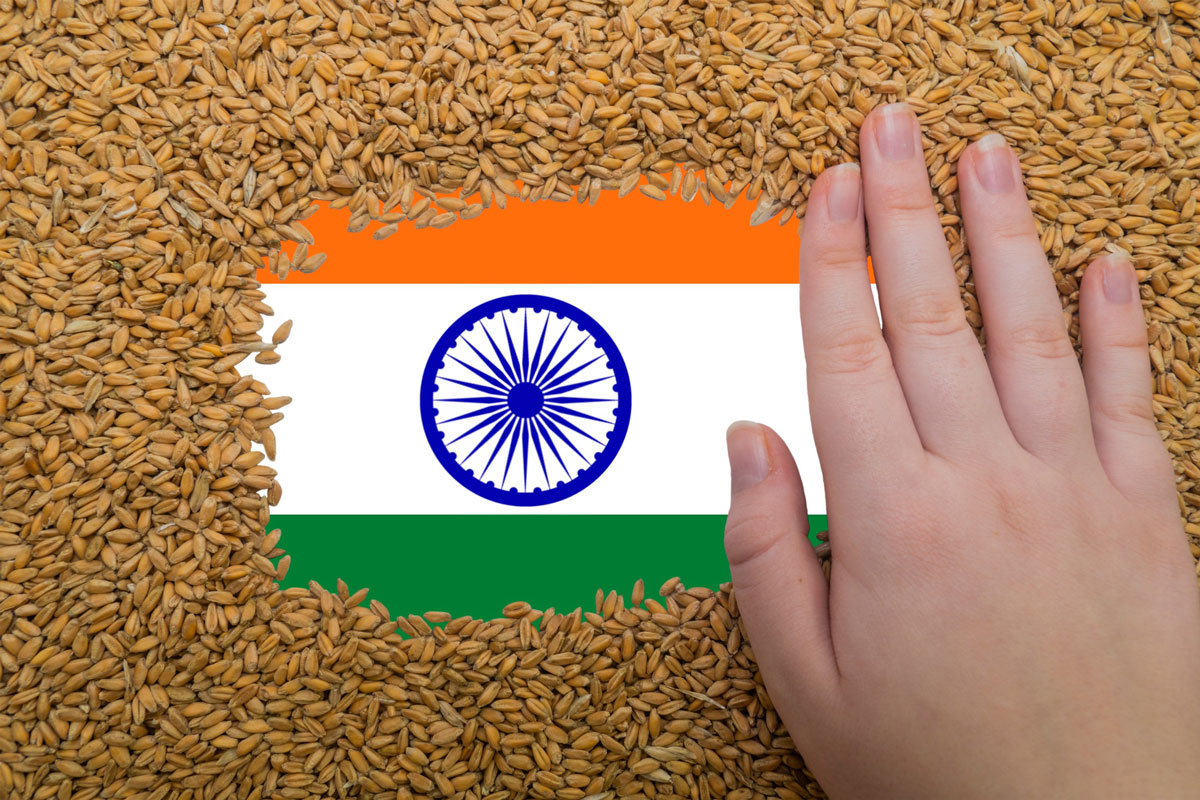 Coping with the vicious cycle of India's rice trade
Coping with the vicious cycle of India's rice trade
Oct 02, 2024
ARLINGTON, VA – Over the weekend, the Indian government announced they would resume non-basmati white rice exports while introducing a minimum floor price of $490 per metric ton (MT). This approval comes on the heels of the recent announcement of the elimination of the minimum floor price for basmati rice exports earlier this month. The previous export tariff of 20 percent for both non-basmati and basmati exports has also been eliminated, while the export tariff on parboiled rice has been halved to 10 percent.
In July 2023, India banned the export of non-basmati white rice to ensure sufficient domestic supply citing repression of domestic rice prices as the reason for implementing the ban. Prior to the export ban last year, there were instances where India’s non-basmati prices were as low as $350/MT, however, both the former and the now minimum floor prices in India contrast significantly with U.S. market-driven prices because of India’s heavy subsidies and artificial market factors.
The last time such a ban was put in place was in 2007 and then again in 2008, contributing to skyrocketing world rice prices and further exacerbating food insecurity in countries reliant upon rice imports.
However, this move to reopen the export market will likely have a lesser impact than initially expected, because over the last year, the Indian government conducted dozens of government-to-government arrangements for exports to developing countries in the name of ‘food security’ and with zero price transparency. Such a move gave the Indian government the power to determine the fate of millions in developing countries and created a situation where those countries are likely beholden to many of India’s demands moving forward.
This series of easing export-restrictive policies is designed to address India’s surplus domestic stocks ahead of an expected record rice harvest. Earlier this summer, it was estimated that India’s rice stocks were 50.5 million MT (MMT), nearly four times above the government’s annual procurement requirement of 13.5 MMT for food security programs. In June, India’s Ministry of Agriculture and Farmers Welfare released a third estimate for the 2023/2024 Indian Crop Year (July-June) for rice production at 136.7 MMT, while monsoon recovery during planting led the USDA Foreign Agricultural Service (FAS) New Delhi to estimate record production for MY2024/2025 at 138 MMT.
“This is just another example of India’s games. Global rice prices soared to their highest level in more than 15 years following India’s export ban last year as they cited concerns over domestic supplies despite tens of millions of metric tons in government stocks. We have been waiting for this announcement and have already seen global rice prices dip to stay competitive,” said Bobby Hanks, Louisiana rice miller and chair of the USA Rice International Trade Policy Committee. “We’ve seen this before where similar action taken caused global prices to rocket up only to crash once India released its stocks. The world market is bracing for the cycle to once again repeat itself. While the cycle isn’t new, India is now the largest global rice trader, so its affect will certainly be felt.”
Hanks continued, “India continues to push for permanent protections for their public stockholding schemes in the name of food security to avoid a World Trade Organization dispute, including blocking meaningful progress to the agriculture text earlier this year. This erratic behavior proves that their current scheme continues to promote the use of market-manipulating price support and contributes to global food insecurity for the most vulnerable. One sliver of hope is that the U.S. government can use this data point to hold India accountable at the WTO.”